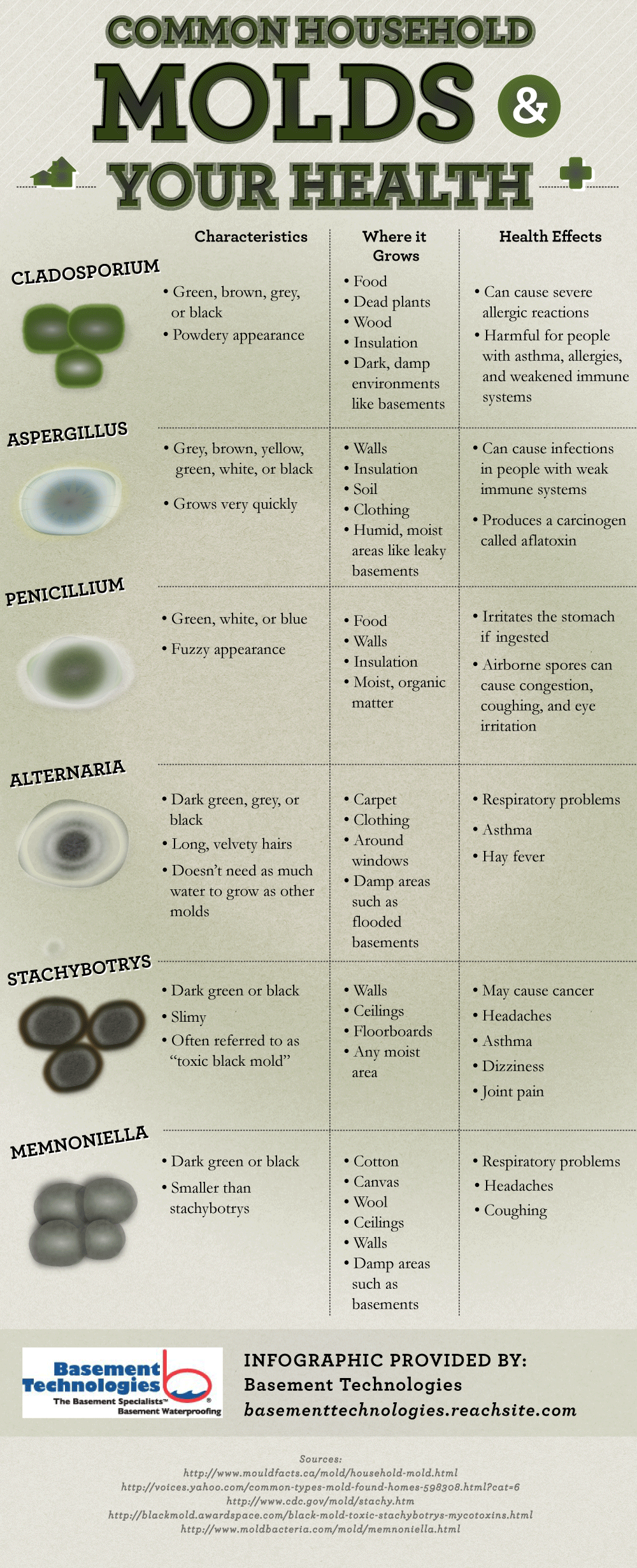Mold and mildew are terms that are often used together and at times interchangeably. Neither is mold and mildew the same thing nor can they be clubbed together or used interchangeably.
Defining Mold and Mildew
Mold and mildew are both fungal growth on various types of surfaces. Mildew is also a plant disease which is recognized scientifically. However, mildew that develops on objects at home is not exactly the same as the disease that the plants develop. In plants, mildew is extremely common among flowering plants. You can spot mildew on rose and other colorful flowers.
Primary Differences
The primary difference between mold and mildew is their colors. Mold can be black or greenish. Reddish and bluish mold is less common but not rare. Mildew is usually white or grayish. Another noticeable difference between mold and mildew is in its texture. Mold would be thick and sticky. Mildew would be lighter and powdery.
Mold Formations
Mold usually appears to be more rigid and resistive to removal while mildew appears to be less resistive. Regardless of the differences between mold and mildew, both are fungal growths and thrive in areas where there is sufficient moisture. Both can develop in any area of the home or outdoors where there is a conducive environment and there is almost an equal level of danger of infections and allergies from both.
It is a general perception that mold develops on foods and mildew develops on flowers. Also, mold is often associated with moist places and mildew is associated with drier places. There can be difference between mold and mildew in how they would develop and where exactly they would thrive but the general perceptions are slightly incorrect.
Mold and Mildew with Food
Both mold and mildew can develop on foods. However, flowers are not very likely to develop mold. Mold and mildew can both develop in dry as well as wet areas. The key to their growth is not liquid or fluid but moisture content. Humidity can also lead to the growth of either or both.
There is no difference between mold and mildew when it comes to being conscious of them or to prevent them from thriving. Keeping areas dry and airy, fresh and well ventilated is the best way to prevent the growth of either or both. Neither mold nor mildew should be allowed to thrive and any food, fruit or area that has been affected by either mold or mildew or both should be attended to immediately.
